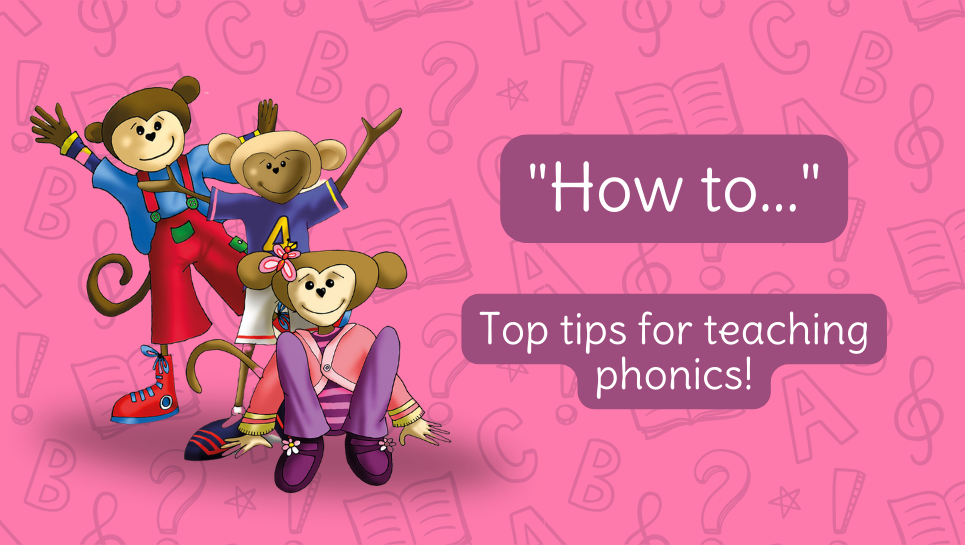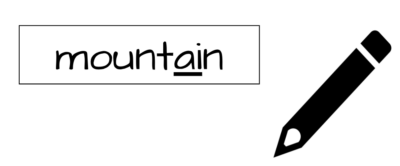In our ‘how to…’ series we are going to delve into all things phonics instruction and give you our expert advice on developing confident readers.
***
Did you know that the schwa is the most common sound in the English language? This is because there is a schwa sound in most multisyllabic words. Additionally, did you know that the schwa can be pronounced in more than one way?
What is a schwa sound?
In most English accents, multisyllabic words are pronounced with at least one stressed syllable. A schwa sound is a “weak” or “lazy” vowel sound in an unstressed syllable. For example, take the word “mountain”. The stress is on the first syllable: “moun-tain”. The sound of the vowel in the second (unstressed) syllable is a schwa sound: “moun-tain”. This schwa sound is gobbled up and can sound like a clipped /u/ or /i/. A schwa sound is never present in a stressed syllable. Have you seen the T-shirt that says, “I want to be a schwa. It is never stressed!”?
Why do we need to teach the schwa sound?
Once pupils can decode a word, they can read it with the stress patterns they know from their speech. For example, when a student has learned to decode the word “mountain”, they will instinctively pronounce the word with the stress on the first syllable. They will do this because they already have the word in their lexicon. If the word is new to the student, it is important to teach the them how to pronounce it with the correct syllable stress.
The schwa is a spelling issue—not a reading issue. When students spell a multisyllabic word, they will listen to the sounds in the word and all too often they will spell the “lazy” schwa sound incorrectly because they hear the clipped /u/ or /i/ sound. They may even omit the sound altogether. For example, students may spell the word “mountain” as “mountun”, “mountin”, “mounten”, or even “mountn”.
How do we teach pupils to spell the schwa sound correctly?
Step 1
Model the word and ask the student to say the word with the correct syllable stress.
Step 2
Ask the students to split the word into syllables and identify the stressed syllable.

Step 3
Ask the students to find the schwa sound in the “weak” syllable.

Step 4
At this point the teacher can introduce the “Spelling Voice”. Students are encouraged to sound out the schwa as it is spelled. For example: when spelling the word “mountain”, the teacher will show the students how to say an exaggerated /ai/ sound as they spell the second syllable. They say the sounds /m/ /ou/ /n/—/t/ /ae/ /n/. The /ae/ sound is exaggerated to remind the student how to spell the word. Now the student can underline the spelling of the schwa sound. Other words with the same spelling pattern and stress can be tackled at the same time, for example “fountain”, “captain”, and “certain”.



